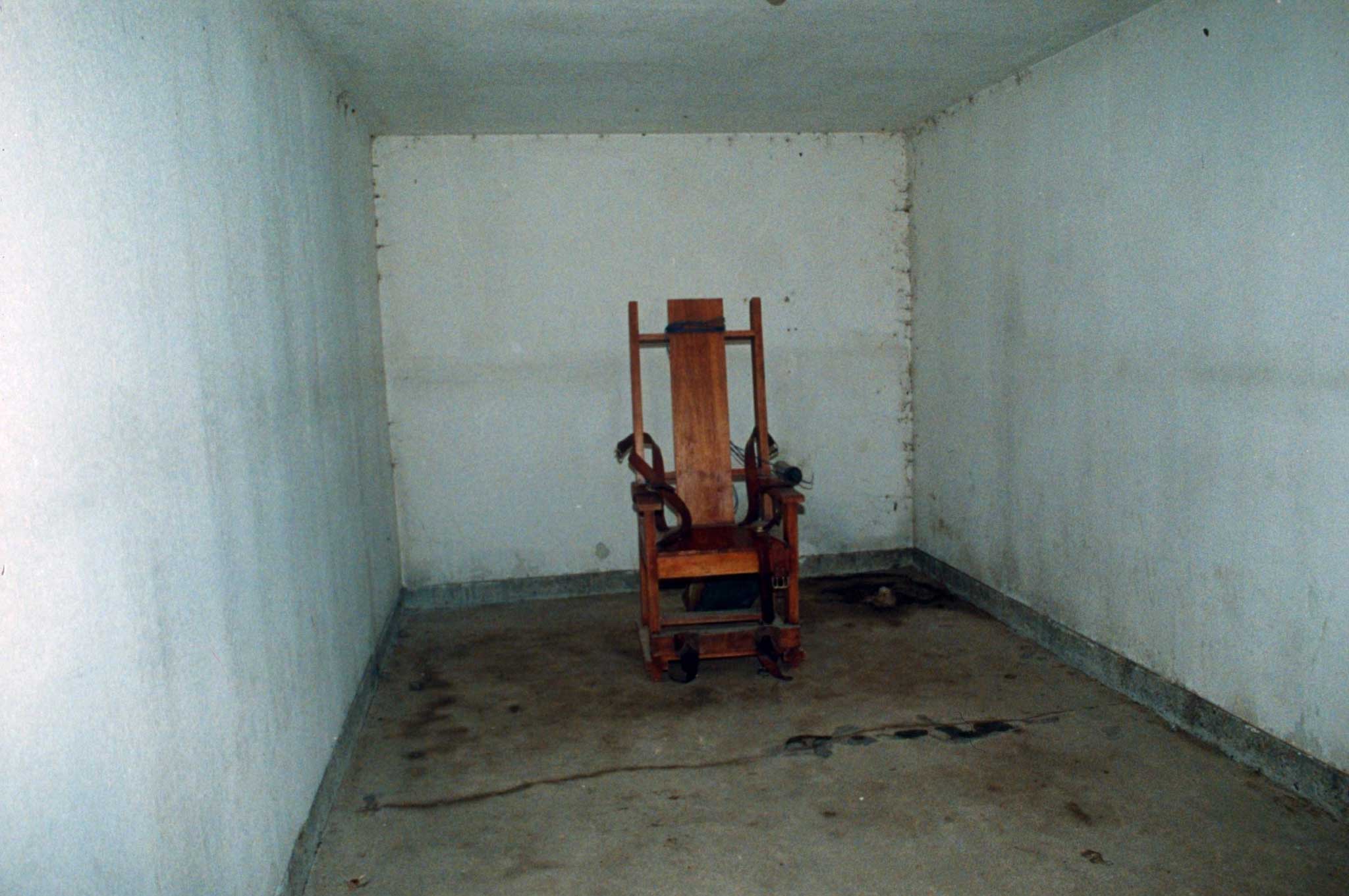Oklahoma is considering gassing its death row inmates. I've got a better idea... don't kill them at all
I witnessed a prisoner die this way. To return to such a technique would be a gross backwards step


Your support helps us to tell the story
From reproductive rights to climate change to Big Tech, The Independent is on the ground when the story is developing. Whether it's investigating the financials of Elon Musk's pro-Trump PAC or producing our latest documentary, 'The A Word', which shines a light on the American women fighting for reproductive rights, we know how important it is to parse out the facts from the messaging.
At such a critical moment in US history, we need reporters on the ground. Your donation allows us to keep sending journalists to speak to both sides of the story.
The Independent is trusted by Americans across the entire political spectrum. And unlike many other quality news outlets, we choose not to lock Americans out of our reporting and analysis with paywalls. We believe quality journalism should be available to everyone, paid for by those who can afford it.
Your support makes all the difference.Oklahoma is contemplating giving up the use of lethal injection. In itself, this is hardly surprising, as the promise of a “kinder, gentler” form of execution has proved to be a false one – 2014’s grisly execution of Clayton Lockett being just one of many examples.
One might expect the authorities to have paused to consider whether civilization still permitted the ritual killing of other human beings. Instead, Oklahoma’s Republican governor Mary Fallin said that she would “look forward” to resuming with executions. Her administration solicited various proposals to kill people in other ways. A current favourite seems to be the gas chamber.
This would be one huge step backwards for mankind. There has been no execution in an America gas chamber for fifteen years; I witnessed two of just eleven that have been staged in the past half-century. One such victim was Edward Earl Johnson, killed by the State of Mississippi on May 20, 1987. The two weeks leading up to his death were preserved on film by the BBC in a documentary called Fourteen Days in May.
Edward was an African American teenager when the state convicted him – wrongfully, in my view – for the murder of a town marshal in Walnut Grove, Mississippi. He died a decade later. In his case, the BBC revealed that the “manufacturer’s rep” had been to check out their chamber. The seals were covered with Vaseline in a rather amateurish way to ensure that the prisoner was the only person to die. In order to run a real life test, the authorities had bred rabbits on Parchman Farm; someone failed to notice the irony when a black bunny was placed on the execution chair. The film followed its death, as it thrashed its way to ultimate stillness.
“At first there is evidence of extreme horror, pain, and even strangling,” said one California warden who was required to oversee such executions. “The eyes pop. The skin turns purple and the victim begins to drool.” The prisoner dies as oxygen is slowly cut off from the brain and heart. The New York Times reported that the 1992 execution of Donald Harding in Arizona took so long and was so grotesque that the attorney general threw up and the warden threatened to quit if he were required to execute someone by gas again.
Edward suffered this fate. I was sitting behind him in the witness room. We were not to see his face, as it would reflect his terror, and then his pain. The gas was visible as it curled up from the bowl of sulphuric acid, so the Edward knew he was about to die. The authorities had told him to breathe in deeply to speed up his death – I found that strange in a country where suicide is illegal.
In any event, it is too much to ask a person to assist in their own death and Edward, perhaps instinctively, held his breath, making the process even more gruesome. I had walked into the chamber with him some minutes earlier, and he still hoped against hope that the governor would come through on the phone – as happened to Burton Abbott in 1957. Abbott was executed even as the governor of California, Goodwin J. Knight, was calling to stay the execution.
A return to the gas chamber will serve nobody’s interests. Neither is the gas chamber going to enhance the reputation of the State of Oklahoma. Currently the only country that actively uses this method for executions is reputedly North Korea.
The better course might be to consider whether it is time to join the burgeoning majority of nations around the world, and abolish the death penalty altogether.
Join our commenting forum
Join thought-provoking conversations, follow other Independent readers and see their replies
Comments